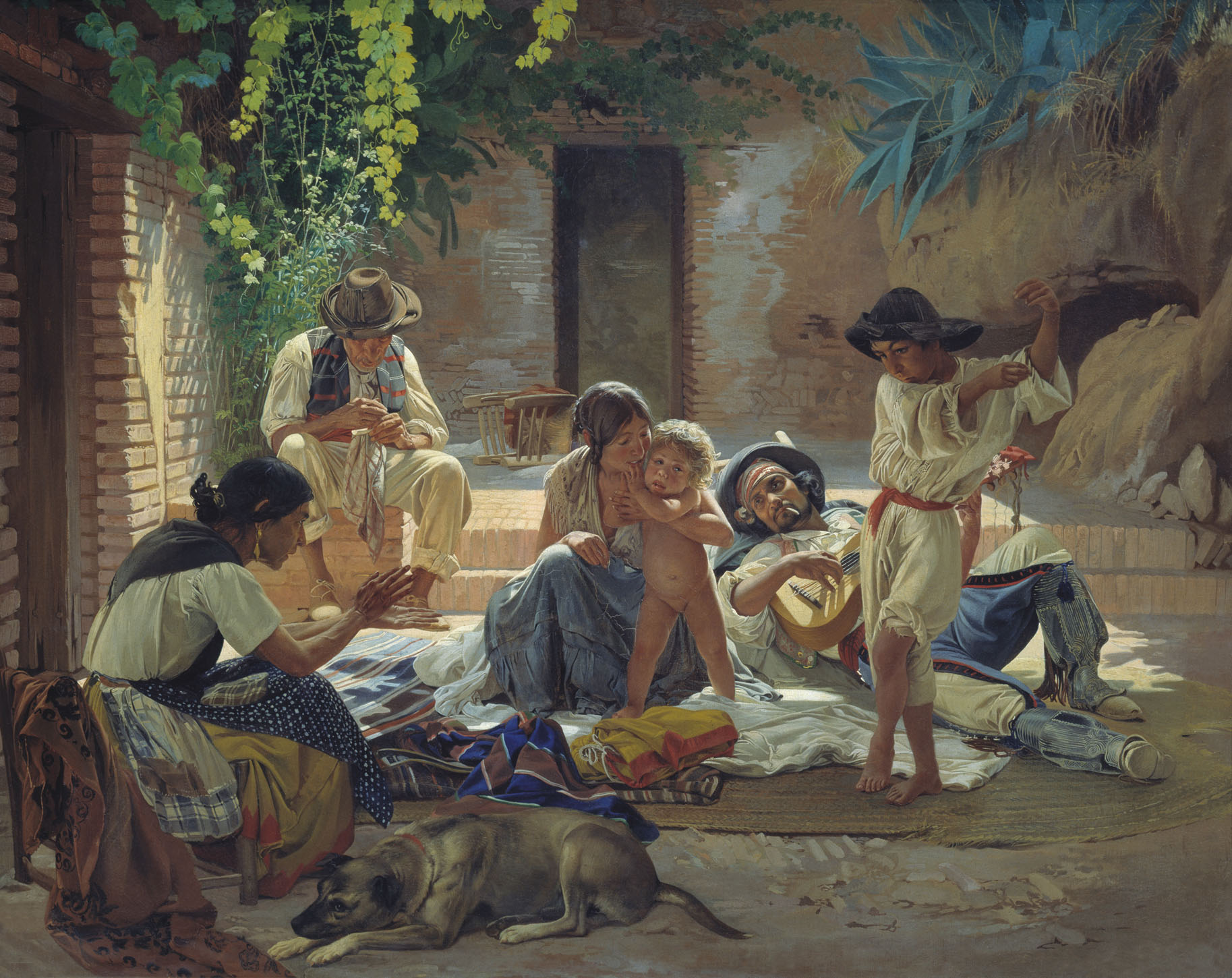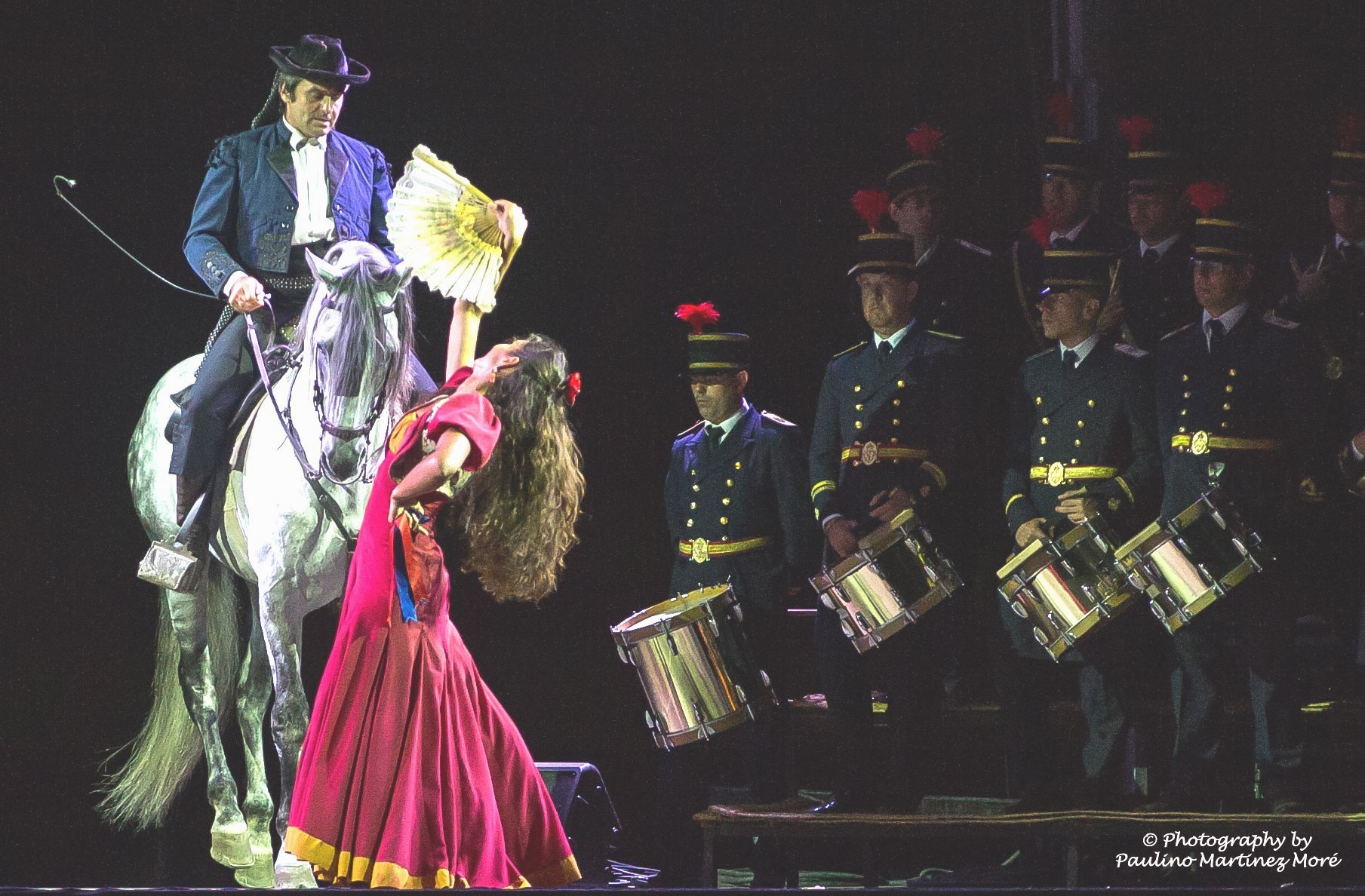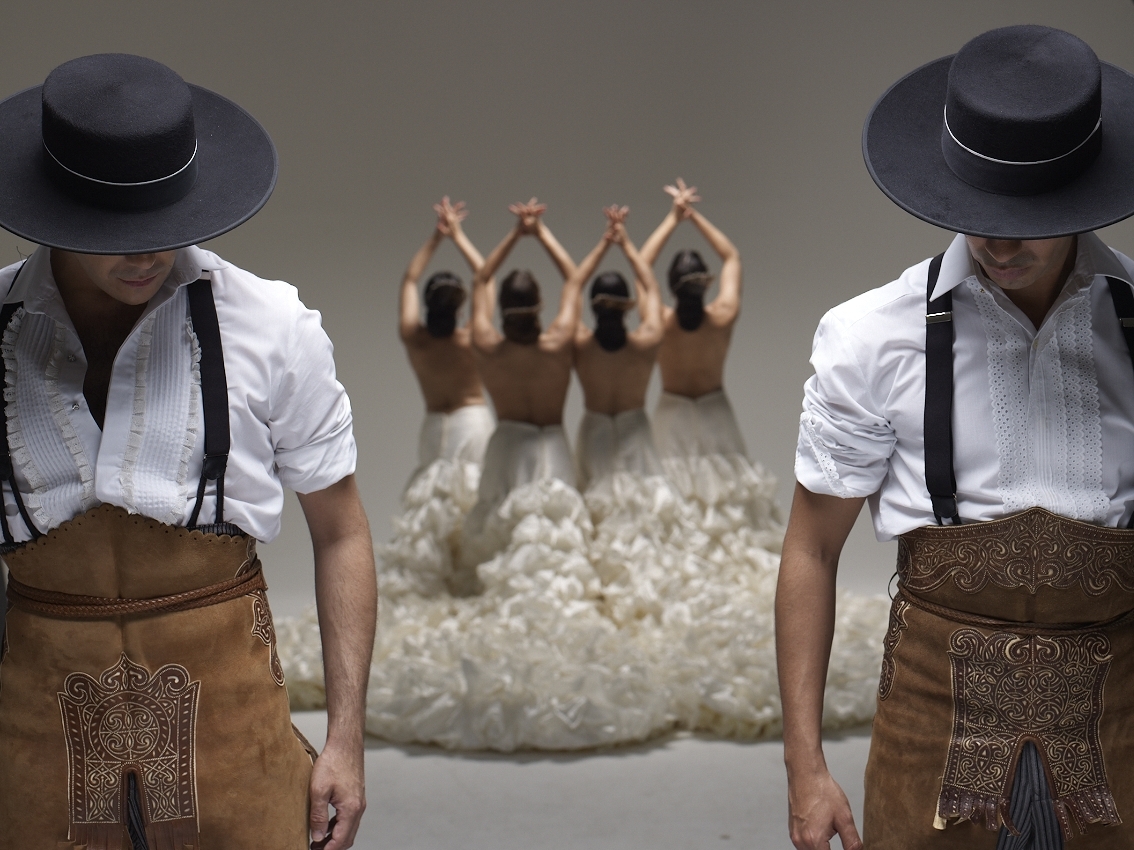Flamenco – A peek into the past

This art form – yes, art, not dance form – origin of Spain, continues to mesmerize people everyday.
And a bespoke vacation planner Pickyourtrail to go with that! 😉
The Very Beginning ~
Like legacies of most beautiful art forms in the world today, Flamenco, too, began humbly. Humble, marred by a tragic past. The Spanish Inquisition in 1492 led to persecution and expulsion of the Gypsies, Moors, and Jews. Flamenco, it is suggested, developed among this group of outcasts.
At this stage, Flamenco was supposed to have involved only singing and dancing. Owing to the culture of its origin – ie, among outcasts – the art form was looked down upon. Even today, many of the songs performed in Flamenco reflect overtones of desperation, struggle and hope.

The Hermetic Period ~
Between 1780 and 1850, Flamenco underwent a period that came to be referred to as the “private stage of flamenco”. At this point, Flamenco was practiced in secret in Gypsy homes in the areas of Seville and Cádiz. There is an ongoing debate over whether the singing involved an instrument accompaniment or not. The popular opinion is that instruments like the flamenco guitar, when available, were used.

The Golden Age ~
15 years later, Flamenco acquired what is popularly called its Golden Age. Glitzy and ready to charm the world, Flamenco began debuting as a much-awaited event in cafes called cafe cantantes around Spain. Here, Flamenco gained a definitive form that it has today. All the elements – the singing, rhythmic clapping and stomping, flamenco guitar and dance – began to take a proper form at this stage. The art of flamenco guitar was born. Alongside, Flamenco dancing developed too.
Unlike traditional flamenco dancing, cafe cantantes offered performances set at a particular time while featuring the most popular and trained artists. Some frown upon this stage as having commercialized the art form, while for others voice that competition triggered more creativity and proficiency.
The Theatrical Period ~
Starting 1856, the art of Flamenco went through something of a Theatrical or Flamenco Opera phase. Nothing revolutionary, flamenco began to be performed in larger venues leaving the cantantes to scramble in the evading limelight. On the other hand, theatres and bullrings began hosting the shows. Now called Opera flamenca, these shows were disguised as opera shows to evade high taxes. What followed was an imminent surge in its popularity.
Alongside, new type of flamenco shows were born acquiring characteristics from other musical genres. A new genre called Copla Andaluza, also referred to as the Andalusian Couplet, was born. Accompanied by an orchestra, it has, on many occasions, been mistaken for flamenco.

Flamenco Today ~
Today this grandiose art form prevails in a variety of forms. It exist as Flamenco puro that is considered to be most closest to the art’s origin. It is performed solo and lays emphasis on improvisation rather than choreography. Classical Flamenco exists, today, derives traits from Seguidilla, a traditional Spanish dance. It involves proud, upright movements and very less movement of the hips. A recent form of this art, Flamenco neuvo involves performance by bare-chested men and women clothed in jersey dresses.
No longer confined to its region of birth, Flamenco has spread far and wide across different countries. Courtesy, of course, globalisation! Its magnanimous reach can be surmised as such – Japan today has more Flamenco training centres than Spain does.

Truly a global art form, Flamenco continues to become richer and more grand by the minute – aging like the wine, you could say. Wink, wink. But if the land of flamenco is where you must go, then drop us a note. Your flamenco cravings, just a click away! Explore Spain’s vibrant culture and immerse yourself in the world of flamenco with our tailored Spain tour packages.
For more travel stories, inspiration and news, follow Pickyourtrail.
checkout other related articles
Tipsy Over Tapas | Paint Spain Red: La Tomatina | 10 Quirky and Bizarre Festivals Celebrated in Spain | 10 Most Beautiful Christmas Markets in Spain
Related Posts
Update your location?












